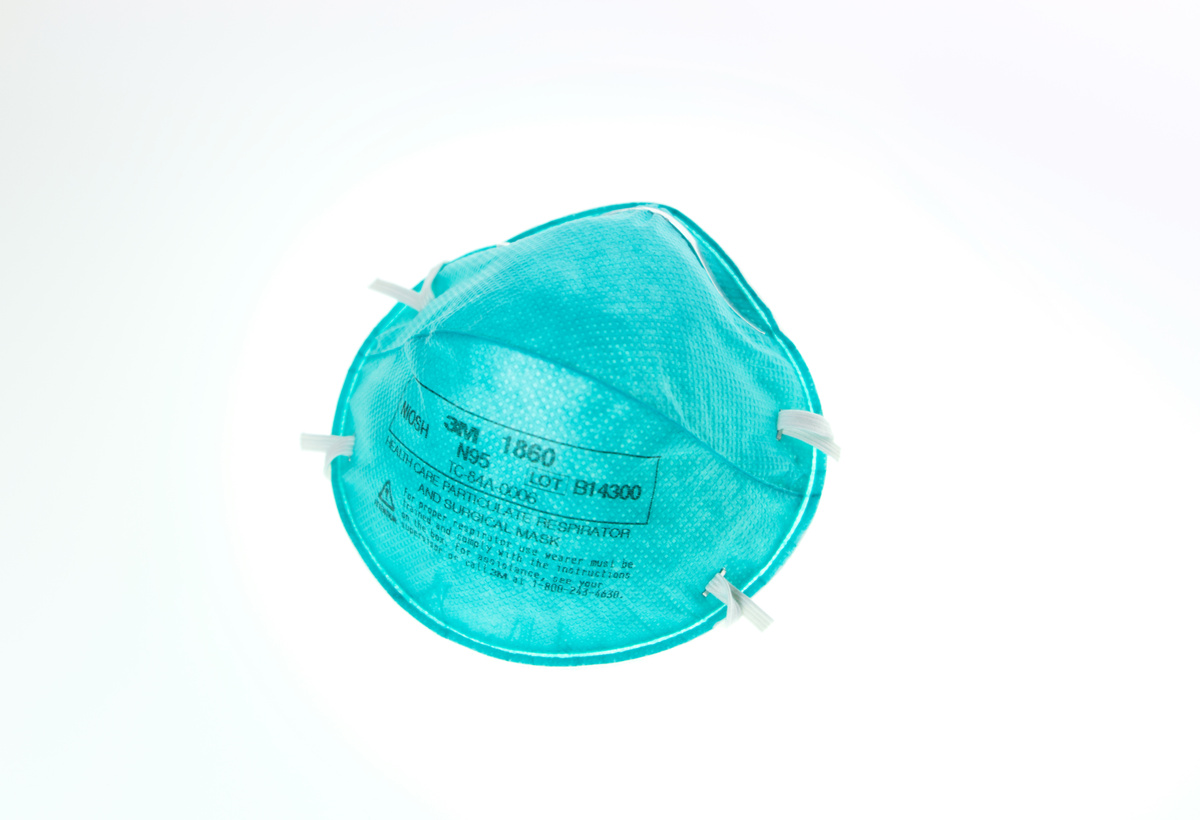Highly Porous Fibrous Network Materials for Gas Filtration
A nanofibrous gas filtration membrane with tunable pore size and low pressure drop ideal for filtering fumes, viruses and particulate matter
Filtration is used to separate one substance from another by entrapment within or on a filter medium. Air filtration can be important in both industrial and personal applications, especially as pollution in certain areas becomes worse. A variety of pulmonary diseases, induced by serious air pollution, can cause numerous health problems, including death, in numerous people, especially the elderly and children. Therefore, in recent years an increasing number of people have begun to wear face masks due to air pollution or dust storms. Due to the cost and potentially extreme physical and chemical environments that some filters endure, improvements in the durability, filtration efficiency, chemical resistance, and weight can prove to be useful.
Researchers at Stony Brook University have invented a novel nano-fibrous gas filtration membrane by using a highly porous cellulose nano‑fibrous barrier layer with highly porous (surface charged) substrate. It exhibits high flux, high retention, and low pressure drop in the filtration of toxic aromatic gasses, fumes, bacteria, viruses, dusts, and particulate matter, in the air.
 Source: Brian McGowan, unsplash.com/photos/TcQx4jie4pg, Unsplash Licence
Source: Brian McGowan, unsplash.com/photos/TcQx4jie4pg, Unsplash Licence
High flux and high separation performance - The porosity of the 3D barrier layer can be as high as 99% - The surface of the gas filtration membrane can be easily functionalized - The pore size of the porous paper substrate can be tuned
Gas/air filtration.
Patent application submitted
PCT Filed.
Available for license. Stony Brook is seeking to develop and commercialize, by an exclusive or non-exclusive license agreement and/or sponsored research, with a company active in the area.
Development partner - Commercial partner - Licensing
Additional Information:
Patent Information:
| App Type |
Country |
Serial No. |
Patent No. |
Patent Status |
File Date |
Issued Date |
Expire Date |
|